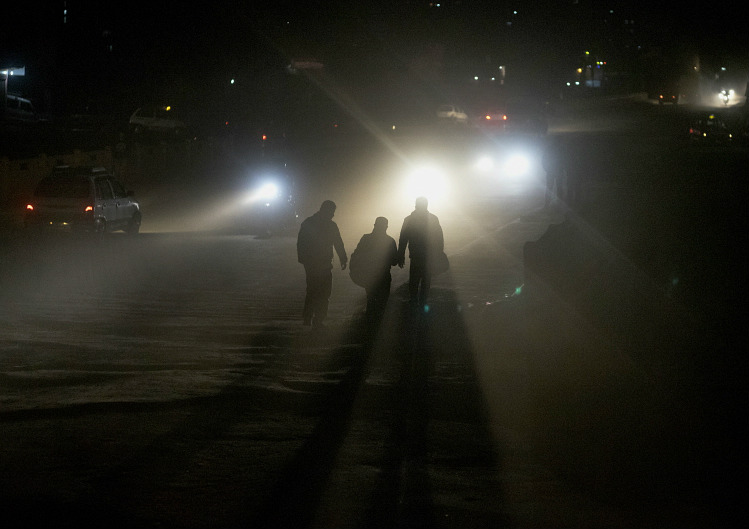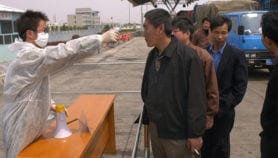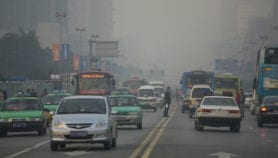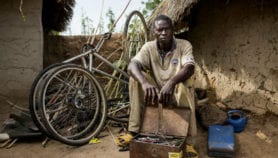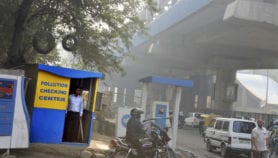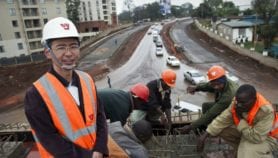By: Imogen Mathers
Send to a friend
The details you provide on this page will not be used to send unsolicited email, and will not be sold to a 3rd party. See privacy policy.
Put people over profits with design decisions that promote safety and cut road accidents, says Saul Billingsley.
Today 3,500 people will lose their lives not to war, disease or disaster but through simply using a road. That adds up to 1.2 million fatalities each year — a figure roughly matching AIDS-related deaths. Roads also cause 20 to 50 million injuries, often leaving people with life-changing disabilities. [1] Yet the global community has given little attention or cash to road safety initiatives, and the Millennium Development Goals failed to mention the issue altogether.
So the announcement that road safety has made it into the post-2015 development agenda marks a welcome step forward. The Sustainable Development Goals text, agreed by 193 governments in August and set for formal adoption next month, includes a target (3.6) to halve road deaths and injuries by 2020.
This struck me as a bold target, so I contacted Saul Billingsley, director general of road safety charity the FIA Foundation, to find out what governments could do to meet it. He says that this “highly ambitious” objective will only be achieved with “an unprecedented ramping-up of effort”. But its inclusion in the SDGs will help focus energy and funds on driving down accidents over the next 15 years, especially through simple urban and highway design decisions.
Taking those decisions will involve putting people over profits, Billingsley tells me. Although there are many reasons why roads are hazardous in poorer countries, government focus on economic over social considerations has compounded the problem.
“For governments and international donors, the real impetus is on getting the economy and goods moving,” he says. This means big new highways — but they don’t look like the sterile, isolated zones of European road systems. They are “living, breathing environments” thronged with pedestrians, roadside stalls and mushrooming settlements.
In India and parts of Sub-Saharan Africa most road deaths and accidents are among vulnerable users, he says. “It’s people walking alongside roads, cyclists, motorcyclists — poor people essentially.” In African countries almost 90 per cent of those affected by road accidents are pedestrians and cyclists. In North America, by contrast, around 80 per cent of those affected are drivers.
“It's the very simple areas of urban planning, like speed management and providing pavements, [that reduce deaths and injuries]. … If you can’t have physical separation then you reduce the speed limit.”
Saul Billingsley, FIA Foundation
Yet governments hardly focus on the impact these roads have on people, he says. So road deaths and injuries have been spiralling upwards. But a lack of data makes the precise impact hard to assess: the Global Burden of Disease Study 2010 says the “science of estimating the incidence of injuries and … resulting disabilities is still in its infancy”. [2]
Still, momentum is growing around road safety and the sense that what Billingsley calls the ‘injury epidemic’ can no longer be ignored. He says global initiatives like the International Road Assessment Programme’s (IRAP) star rating system are instrumental. This system rates roads on how safe they are for users, and crucially everyone from truck drivers to pedestrians is included. IRAP also proposes measures to improve safety, and advises that these should be built into the design of new and upgraded roads from the start.
The system promotes road designs with pavements and safe crossing places to physically separate people and vehicles. In many developing countries, four in five roads with speeds above 40 kilometres per hour and used by pedestrians have no pavements. “If you can’t have physical separation then you reduce the speed limit,” says Billingsley. That can be done by for example introducing controlled zones — particularly near schools.
A large part of road safety comes down to basic urban design decisions, says Billingsley — “the very simple areas of urban planning, like speed management and providing pavements”. Introduce and enforce these, he says, and accident rates will plummet.
Imogen Mathers is producer/assistant editor at SciDev.Net. @imogenmathers
References
[1] World report on road traffic injury prevention (WHO, 2004)
[2] Transports for Health: The Global Burden of Disease from Motorized Transport (World Bank, 2014)


